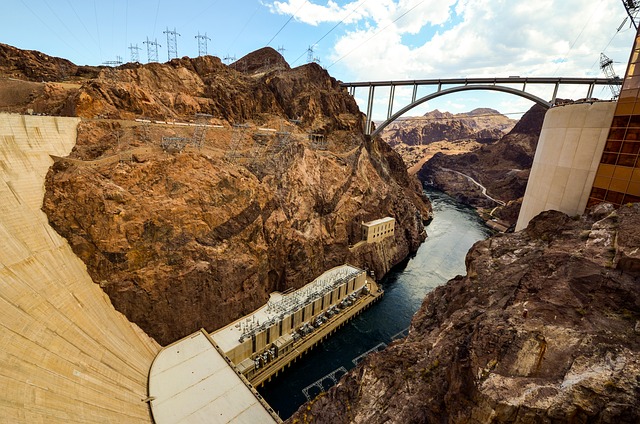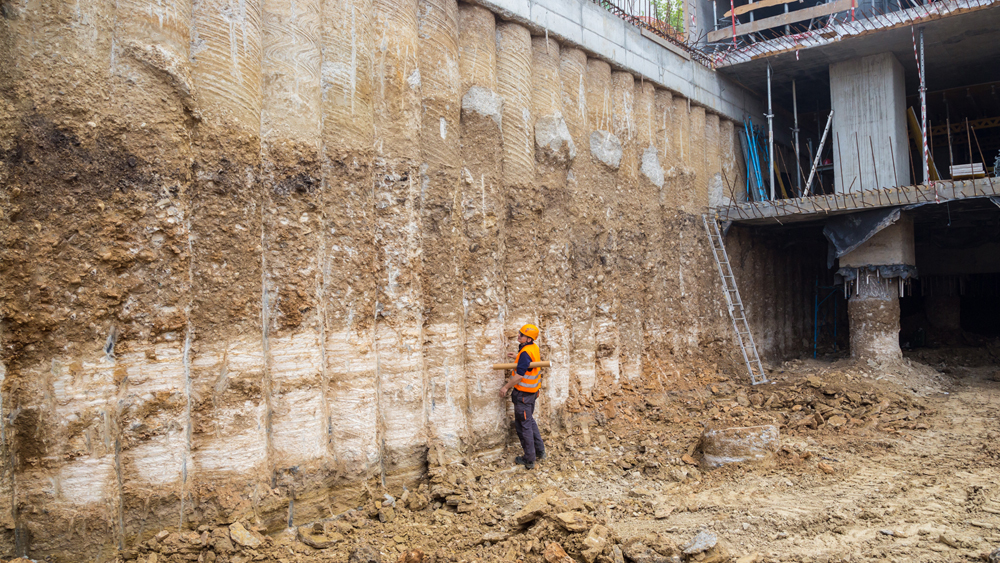Exactly How Consulting Engineers Enhance Geotechnical Design Projects: Insights Into Their Know-how, Techniques, and Collaborative Approaches
Consulting engineers are pivotal in boosting geotechnical design jobs, applying their specialized knowledge to browse the intricacies of subsurface conditions. Their approaches encompass a series of website examination techniques, consisting of Requirement Penetration Tests (SPT) and Cone Infiltration Examinations (CPT), which inform critical choices during the layout and building stages. Moreover, their collaborative strategies foster communication amongst diverse task stakeholders, eventually forming the job's trajectory. As we examine the complex roles these experts play, it becomes clear that their contributions expand beyond technological proficiency, motivating a closer check out the effects for project success.
Function of Consulting Engineers
The proficiency of seeking advice from designers in geotechnical engineering is essential to the effective implementation of building and construction projects. These experts play an essential duty in assessing soil and rock residential or commercial properties, which are vital variables affecting layout and construction decisions. By carrying out complete website examinations, consulting engineers collect vital information that educates the layout procedure, ensuring projects are built on stable and suitable ground.
Consulting engineers also provide important insights into risk management (geotechnical geologist). They identify potential geotechnical hazards, such as landslides, soil liquefaction, and settlement concerns, making it possible for stakeholders to apply reliable reduction approaches. Their expertise aids in maximizing structure designs, which can lead to significant price financial savings and improved safety
Furthermore, consulting designers act as an important link in between job owners, engineers, and contractors. Their capacity to equate complex geotechnical information right into actionable referrals cultivates partnership and helps with informed decision-making throughout the task lifecycle. This multidisciplinary technique not only boosts job efficiency yet likewise ensures conformity with regulative standards and ideal practices.
Key Techniques in Geotechnical Engineering

One key methodology is site investigation, which includes performing area examinations and laboratory analyses to gather data on subsurface conditions. Methods such as Requirement Infiltration Screening (SPT) and Cone Infiltration Screening (CPT) are extensively used to evaluate soil stratigraphy and strength. Furthermore, geophysical techniques, including seismic and electrical resistivity surveys, supply non-invasive ways to examine subsurface features.
An additional critical methodology is numerical modeling, which enables engineers to simulate various scenarios and predict how soil-structure interactions will certainly act under various loading problems. Finite Element Analysis (FEA) is a common approach used in this context.
In addition, the style of foundations, retaining frameworks, and earthworks counts greatly on these methods - geotechnical geologist. By integrating advanced logical devices with field data, consulting designers can establish tailored solutions that address details job challenges, ultimately adding to the stability and safety of building and construction jobs
Significance of Dirt Evaluation
Soil evaluation functions as a fundamental element in geotechnical design, offering crucial insights right into the physical and chemical residential properties of soil needed for reliable building preparation. Comprehending dirt qualities is vital for establishing its load-bearing capacity, water drainage actions, and potential for negotiation or instability. Detailed soil examinations, consisting of sampling and lab screening, help determine criteria such as dirt type, wetness web content, thickness, and shear strength.
These analyses notify the option of suitable building strategies and products, ultimately influencing job safety and security and long life. Natural soils may require different foundation styles compared to granular soils, requiring customized design click this site options. Dirt evaluation help in determining impurities that might position risks to human health or the environment, allowing for the development of reduction approaches.
Including dirt evaluation into the beginning of task growth assists to lessen unexpected challenges, ensuring that designers can prepare for and attend to prospective issues prior to they rise. By establishing an extensive understanding of the site problems, getting in touch with designers can optimize design performance and minimize costs, therefore boosting the overall success of geotechnical engineering tasks.
Collective Approaches in Tasks
Successful geotechnical projects usually rest on collaborative strategies that bring with each other varied expertise from various techniques. Reliable partnership among getting in touch with engineers, rock hounds, environmental researchers, and building specialists is vital for dealing with intricate challenges and maximizing project end results. By leveraging the unique abilities and knowledge of each staff member, jobs can take advantage of a holistic understanding of the website problems, regulatory needs, and engineering restraints.
Regular Extra resources communication and interdisciplinary conferences facilitate the sharing of insights and cultivate a culture of team effort. These joint efforts allow the recognition of possible risks early in the job lifecycle, permitting timely mitigation methods. Including feedback from stakeholders, including local communities and regulative firms, makes certain that all viewpoints are considered, enhancing project acceptance and compliance.
In addition, the assimilation of innovative technologies, such as Geographic Information Systems (GIS) and Building Information Modeling (BIM), further enhances collaboration. These tools permit the real-time sharing of data and visualization of geotechnical problems, advertising educated decision-making. Inevitably, a joint strategy not just simplifies task implementation however additionally lays the foundation for cutting-edge options to complicated geotechnical engineering challenges.
Impact on Project Results

Consulting engineers utilize advanced methods such as risk evaluation and anticipating modeling, which improve the accuracy of job projections. Their ability to integrate cutting-edge innovations, like geotechnical instrumentation and information analytics, further fine-tunes the layout and building procedures. Because of this, projects experience enhanced performance, decreased expenses, and minimized delays.
Additionally, cultivating effective read communication and cooperation amongst staff member improves analytic capabilities. When difficulties develop, a joined front enables swift identification of options, protecting against potential problems. Inevitably, the joint initiatives of speaking with engineers add to greater top quality outcomes, ensuring that projects meet both regulative requirements and customer assumptions.
Final Thought

Comments on “Specialized Geotechnical Works for Sustainable Building Solutions”